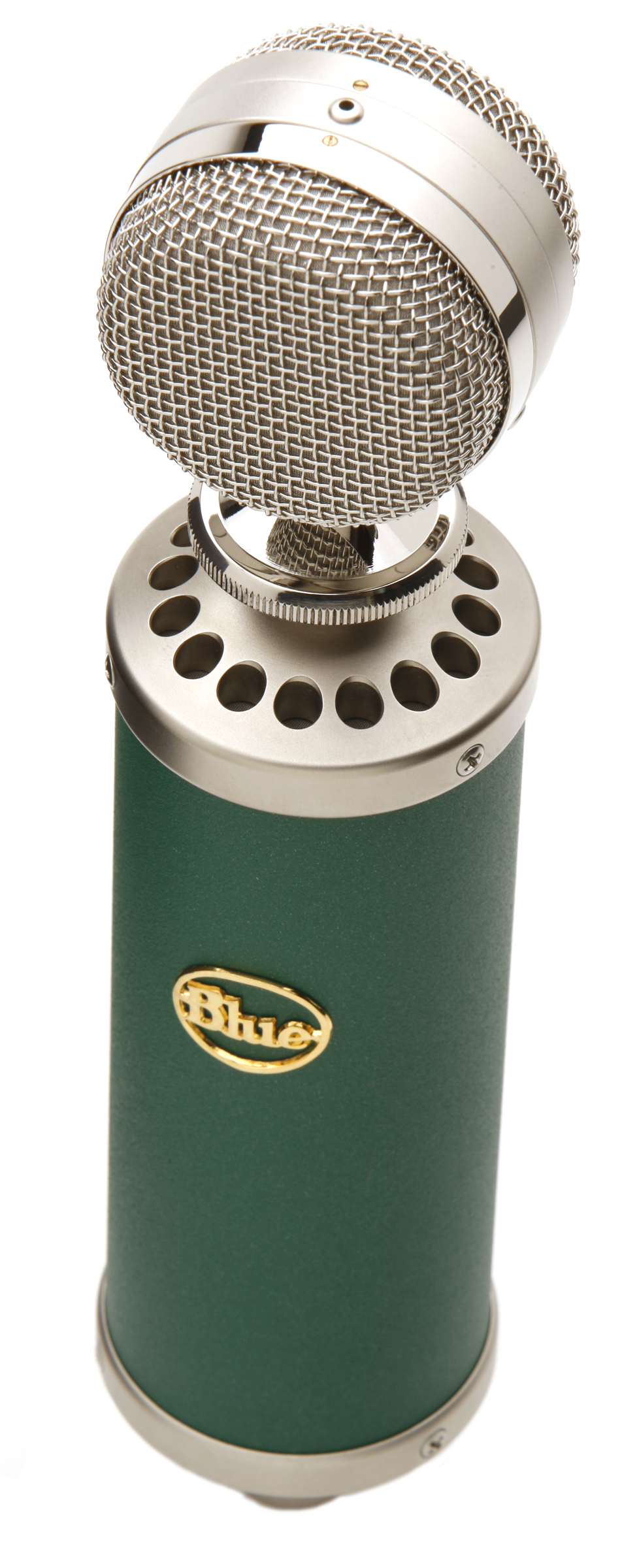The recording industry is always growing and evolving with the times and the software used in the industry is no different. Earlier this year I wrote a blog comparing and contrasting Pro Tools 8 and 9. Avid has recently released its newest edition of software, Pro Tools 10. Although not as innovative as Pro Tools 9 that introduced hardware free editing along with countless other new features that added to the value of the Avid software, Pro Tools 10 has various new features that make upgrading to the new version well worth the money especially if you are still using the older versions of Pro Tools such as 7 or 8.
There are two features that caught my attention right off the bat. First, the 32-bit floating-point bit-depth audio files, which prevents your audio from dithering down to 24-bit, this process adds noise and reduces the quality of sound. The updated AudioSuite processing allows for multiple AudioSuite windows to be open at once making it easier to edit clips (regions). Aside from those two features the new clip gain element of Pro Tools is a convenient tool used mainly for the post production side of Pro Tools allows for faster more efficient sound editing and optimization. They have also introduced real-time fades with Pro Tools 10 along with a new cross-fade winder for my exact editing.
According to Sweetwater, Avid has also introduced three new plug-ins for Pro tools 10:
Channel Strip plug-in
- Taken straight from the legendary System 5 console, this flexible channel-strip-style plug-in gives you a wide range of tone-shaping power.
Down Mixer plug-in
- Which gives you amazing summing that lets you easily take a multitrack session as complex as 7.1 surround and mix it down to 5.1, 2.1, stereo, or other channel configurations.
Mod Delay III plug-in
- Which lets you add fun and creative time-based effects. Simply put, these new plug-ins alone are worth more than the price of upgrading to Pro Tools 10.
Price to upgrade to Pro Tool 10:
Price to upgrade to Pro Tool 10:



























